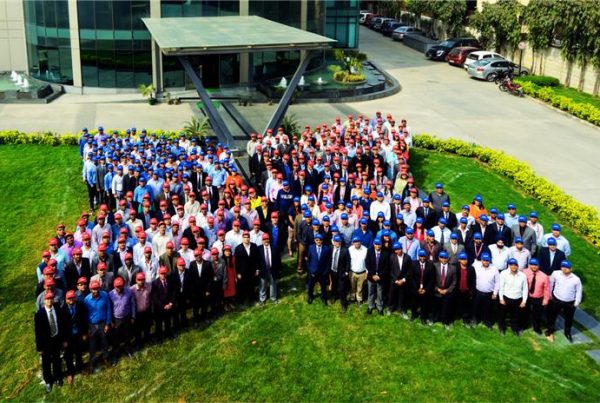What makes an organization a good place to work? Is it the extra perks? The high compensation than competitors? The location?
The real answer lies in creating a great place to work is establishing a healthy work environment. Businesses tend to prioritize sustainability in long-term success take care of their employees whether they work from the office, at home, or in a hybrid culture. However, managing a healthy work environment is difficult when most employees work from home. But still, many organizations cracked certain practices that allowed them to promote healthy work practices among their resources.
This write-up delves into a healthy work environment and focuses on those 6 best practices to get there:
Give your employees a real voice
Open feedback has always been considered one of the valuable rights an organization can give its employees. Providing a platform and opportunity for employees to express their views on any policy or decision helps an organization identify the best way to make them more favourable for the employees.
But to create that ecosystem for open feedback, you need the right technology. Tools like AI-based HR chatbots and surveys make it easy to transition from annual surveys — which result in delayed action — to an evolving conversation with employees in real-time.
It is about showing employees that their voices matter—and keeping them motivated to share what they think. It also encourages managers to work proactively to make action plans in response to feedback collaboratively with respective teams. To keep this more effective on the ground, managers can host sessions to review multiple feedbacks, discuss areas for improvement, and develop next steps so that everyone has a voice in it.
Show appreciation every day
Think about the last time you got appreciation from your boss when you least expected it. It probably gave you a wave of adrenaline and a significant boost in your confidence. Maybe it even gave you the energy to close on a subject you have the least experience in. Frequent and especially. meaningful recognition can dramatically improve employee engagement, retention, and satisfaction.
Most importantly, recognition should be open so that employees echo and learn from others’ successes, and it should reinforce behaviours that you want employees to inculcate and repeat.
Again, leveraging technology is the most efficient way to make recognition a habit. Organizations without a recognition technology are more likely to recognize employees twice a year or less. So by selecting an innovative recognition platform, employees can say thanks — or dole out reward points — anytime, anywhere, without interrupting their regular workflows.
Make a good workplace, even if its remote
An attractive and organized office design can make employees happier. Employees’ workspace should be designed to keep them motivated, improve their well-being, and promote healthy habits. So invest in making the workplace enjoyable & prosperous and make employees love spending time there.
Even if most of your resources are remote, ensure your employees have a comfortable place to work outside the office by providing a stipend for things like ergonomic chairs, eye-care monitors, and standing desks to maintain the monotonous sitting posture. Create an automated system for the employees to speak up when they need a new mouse, keyboard, or other office accessories. And always remind employees that keeping their desks decluttered, adopt a healthy exercise routine, and adding inspiring artwork to their workspace can maximize their productivity and boost their mood.
Turn your values into actions than just words
No employee wants to work at an organization that lacks compelling values or one that doesn’t practice the values that it preaches. Developing and living by meaningful core values drives a great organizational culture and, eventually, good growth. Organizations with highly aligned cultures and highly aligned innovation strategies tend to witness higher enterprise value growth and profit growth. Compelling values attract better resources, as most employees consider it very important to work for a company with defined core values.
Employees always look to leadership to establish standards for conducting business, internally and externally. An organization must recognize and reward employees who follow its core values, encouraging other team members to follow. The organization’s core values should reflect a business’s underlying philosophy, and those values should be easy for all employees to understand and remember.
Establish an environment of psychological safety and utmost trust
An environment of psychological safety in which employees feel safe and comfortable under their own skin. They must express themselves freely without any sort of fear. When employees are confident their ideas won’t be rejected, they tend to participate more in meaningful conversations, voice their opinions, and stay connected with the designed workflows.
But establishing such a workplace that takes psychological safety seriously requires practice and dedication. Employees with such workplaces report less stress, show higher productivity, and much less burnout.
Managers should listen more than they speak and be open to honest conversations between them and their teams. More than building trust, this sets an example for team members at your organization who aspire to a leadership role one day.
Greater work development and learning opportunities
Employees tend to feel appreciated when their workplace allows them to explore their capabilities and skills in their work. Because of this, employees can become very keen to learn and try new things that could improve their knowledge and expertise, ultimately pays for organizations’ growth. It is up to the employers to match employees’ needs and provide growth and development opportunities, such as opening promotional roles to all employees interested and offering internal and external educational workshops to expand their knowledge and skills.









